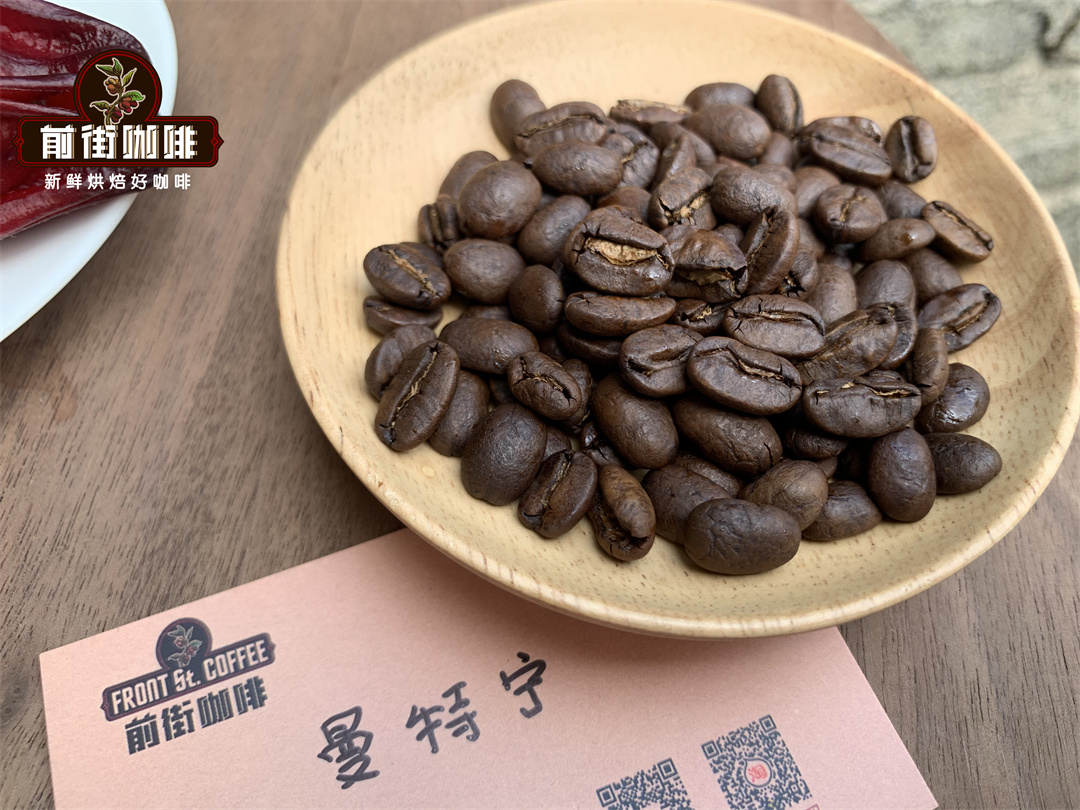Taste and Flavor characteristics of Fine Coffee and Wet planing method
The degree of preference for varieties in the coffee industry in Europe and the United States can be explained by the "tertiary theory". The first level:
(1) the ancient and high quality varieties of Ethiopia (Ethiopia) and Yemeni.
(2) Old clusters of iron pickups and bourbon transplanted to Asia and Central and South America in the 18th century
(3) SL28 and SL34 of Kenyan coffee selection in the 20th century
(4) Arabica mixed-race Pacamara (Pacamara) and geisha (Geisha) in the World Cup of Fame in the 21 century.
These top students are characterized by low fruit yield, refined taste spectrum and elegant flavor.
Level 2:
Kaddura (Caturra) and Kaduai Catuai), the former is a bourbon variety, and the latter is a hybrid of Kaddura and iron pickup, which is basically 100% Arabica gene. The characteristic is that it does not need shade and can be directly planted in the sun, that is, the so-called exposed coffee (Sun Coffee). The fruit yield is more than that of old iron pickup truck and bourbon, but the thickness is slightly thinner. If the nutrients and care are proper, the flavor will not lose the iron pickup or bourbon.
Level 3:
East Timorese hybrid and Cajun series are all hybrids or backcross hybrids of Arabica and Robusta. Although the yield and disease resistance are stronger than the first two grades, they have a vulgar flavor and taste rotten wood. Yunnan coffee is mainly made of Camerne. From the "three-level theory", it is not difficult to understand the quality and quantity of coffee. Since ancient times, it has been difficult to strike a balance between quality and quantity. However, this seemingly irrefutable three-tier theory of varieties was severely challenged in Sumatra in the later period.

In addition to soil and water factors, it is mainly due to the traditional wet planing treatment in Sumatra.
1. Tin is a kind of old clump with excellent flavor, which was introduced into Indonesia by the Dutch from India at the end of the 17th century.
two。 Timorese hybrids are Tippika and Robusta.
3. The Cajun series is a hybrid of Kaddura and Tim Tim, and still has the Robusta gene.
4. Wet planing treatment (step by step):
1 > peel the coffee fruit, put the shell beans into a vat or sink with water, and remove the defective shell beans floating on the liquid surface.
2 > wash the dense shell beans that have sunk to the bottom of the water, take them out and put them in a bucket or plastic bag, and do a little dry body fermentation, that is, to ferment and flavor the pectose on the surface of the seed shell. Basically, the longer the fermentation time, the more sour. Fermentation time varies from person to person, generally only a few hours, but there are manors omitting dry body fermentation stage, direct exposure with shell beans, can inhibit sour taste and improve sticky taste.
3 > when the shelled beans are exposed for one to two days, the moisture content of the bean body is 30% 50%, and the bean body is still semi-hard and semi-soft. Grind off the seed shell with a shell planer to speed up the drying process, and the moisture content reaches 12%-13% in about two days.
Important Notice :
前街咖啡 FrontStreet Coffee has moved to new addredd:
FrontStreet Coffee Address: 315,Donghua East Road,GuangZhou
Tel:020 38364473
- Prev

Coffee Bean Market Latest Quotes: Coffee Price Trend in 2021 Arabica Coffee Price Soars
This year, the "coffee price increase" signal has continued to be the focus of attention throughout the coffee industry. Arabica coffee prices soared to near their highest levels in a decade, according to multiple media reports. According to Coffee Financial Network, the main Arabica coffee futures contract (03 contract) on ICE Intercontinental Exchange rose 4.8 percent.
- Next

Tianjin's first Starbucks sign language store officially opened! The benefits of hearing impaired cafes to society
At 9 p.m. on Nov.19, Starbucks 'China Weibo posted a message announcing the warm opening of Starbucks' first sign language store in Tianjin. It is reported that this is Starbucks 'seventh sign language store in the country. Why did you choose Tianjin? May 8, 2001, Starbucks opened its first store in Tianjin International Building
Related
- What effect does Italian American coffee with filter paper have? Will coffee taste better if it is put on filter paper at the bottom of the powder bowl?
- What is the color difference in coffee beans? What are the characteristics of honey processed coffee beans? Why are the anaerobically treated coffee beans uneven in color?
- How does novice Xiaobai quickly get started and make coffee? Newbies learn to make coffee by hand and share the specific steps and process process!
- Costa tea has a shelf life of 100 years?! Expert: Unable to verify
- It's a huge uproar! American milk addition was rejected by Manner employees?!
- Mocha pot coffee bean recommendations| How fine and how much powder should be used for grinding? What parameter ratios do I need to use to make milk with Mocha pot coffee?
- What are the characteristics of the world's top ten coffee beans treated with Costa Rica honey? How to make black honey kadura from Tarazhu Pilon Processing Plant taste good?
- How to make deep-roasted coffee? What grinding water temperature does authentic Jamaica Blue Mountain No. 1 coffee use to brew it well?
- Selected high-grade rose summer coffee flavor tasting guide Why Panama rose summer has the aroma of flowers and fruits
- What equipment does a novice Xiaobai need to buy to learn to make coffee? Filter cup electronic scale bean grinder manual flushing pot purchase guide

